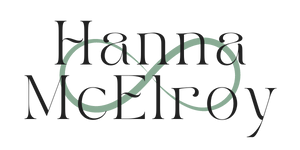
Welcome! I’m glad you’re here.
The only child of a novelist and textile designer, growing up in NYC in the seventies, my upbringing was the antithesis of traditional.
Highlights included lots of parties with writers and artists, and an interesting background for learning what might not be taught at school. The city was my friends’ and my veritable playground, which could at times be dangerous and there weren’t many boundaries. Lows included my parents’ divorce and subsequent instability in the city during my teenage years which led to lots of trouble.
I grew up with tarot. My mother had a Rider Waite Smith deck she used often, and I read tarot for people using the Aquarian deck when I was a teen.
I felt a connection to the cards even then, and seemed to be able to understand what they might want to communicate with those who stopped by for a spread. In retrospect there was certainly some youthful bravado—it was all intuition. When I reengaged with tarot a few years ago, my approach was that of a full-on student. The combination of innate intuition with the academic study of tarot has made me well-rounded in my practice.
I moved to Seattle in 1990 and after a long stretch in corporate merchandising as a buyer and planner for retailers such as Starbucks and Eddie Bauer, I left the world of big box retail to take over the best-used book store in Seattle, with my husband Chris. Magus Books has been around since 1978, and is a daily labor of love.
My Approach
The two teachers who have contributed most to my tarot education are Laurie Blackwell (loneblackbird) and Jessica Dore. Though they really could not be more different in their personalities and platforms, what they do have in common, is their relational approach, which has become my own.
Tarot is an intuitive and iterative spiritual practice. It can be practiced alone, one on one, or with a group. Tarot is not fortune telling or therapy. A good tarot reader will never tell you what to do.
When I pull cards for my clients, I may begin by talking about what I initially see in the cards, but the practice is reciprocal, and unless the other person feels or sees something which resonates with them, the process may be unproductive. Tarot is a back and forth, a conversation, a dance, which is built upon by the interaction between the reader and the “querent,”
I am still a student when it comes to tarot and hope to always be one. Being an expert is less fun than learning something new each day.
What I love most about reading tarot with/for others is that even for a short time, a relationship is built, questions posed, some resonating, some not so much.
But EVERY TAROT SPREAD IS NEW. Even if the exact same cards were to turn up for two readings they would not be the same because the querent would be different, and the querent guides the direction of the reading.
As a student of the enneagram, I like to incorporate the nine types where appropriate in my readings as well.
As a writer, after every reading, it is important to me to connect with my clients by giving them a written interpretation as well as a photo of the spread so they can go back and meditate on the ideas we talked about during our time together.




